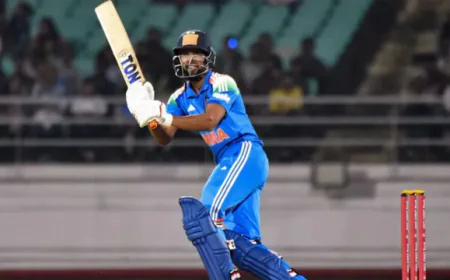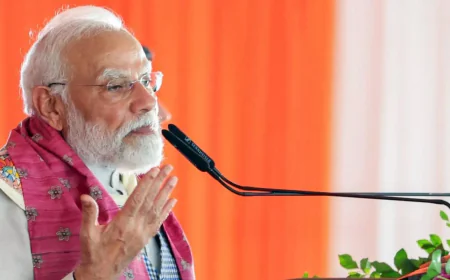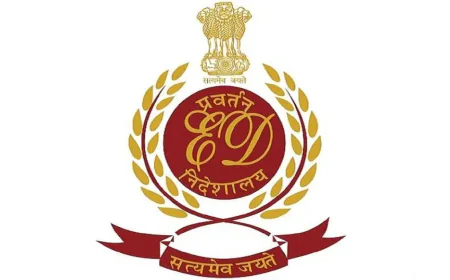ISRO's new launch pad construction picks up pace, V Narayanan said - first SSLV will be launched in 2027
ISRO: ISRO Chairman V Narayanan said that the first launch with a Small Satellite Launch Vehicle (SSLV) will take place in 2027 from Kulasekarapattinam Space Center. He said that Kulasekarapattinam is ISRO's second launch complex after Sriharikota in Andhra Pradesh. ISRO will launch polar launches up to 500 kg from SSLV and Indian industries will be involved in it.

The construction of the new launch pad of the Indian Space Research Organization being built at Kulasekarapattinam in Tamil Nadu, about 600 km from Chennai, has picked up pace. ISRO Chairman V Narayanan said that the first launch with a Small Satellite Launch Vehicle (SSLV) will take place in 2027 from Kulasekarapattinam Space Center.
He said that Kulasekarapattinam is ISRO's second launch complex after Sriharikota in Andhra Pradesh. ISRO will launch polar launches up to 500 kg from SSLV and Indian industries will be involved in it.
After inaugurating the new research center at the Indian Institute of Technology Madras, Narayanan said that all the facilities for launch will be operational in Kulasekarapattinam in 24 months. The first launch will take place in two years. Do not think that it will be small in size. It will be a 500 kg satellite. IIT Madras said that the new research center will make India a leader in thermal science research for space applications.
Want to get your story featured as above? click here!
Want to get your story featured as above? click here!
Narayanan said that the new center will contribute greatly to the development of the country. Whether it is a rocket launch vehicle or a satellite, thermal and fluid flow plays a very important role. He said that ISRO has planned several launches during this year. These include a commercial satellite of America from GSLV and manned and unmanned test missions under the Gaganyaan mission.
Earlier, ISRO chief V Narayanan said that the central government has approved the Chandrayaan-5 mission. ISRO will study the moon through the Chandrayaan-5 mission. In his address during an ISRO program, V Narayanan said that in the Chandrayaan-3 mission, a 25 kg rover Pragyan was sent to the moon, while in the Chandrayaan-5 mission, a 250 kg rover landed on the surface of the moon.


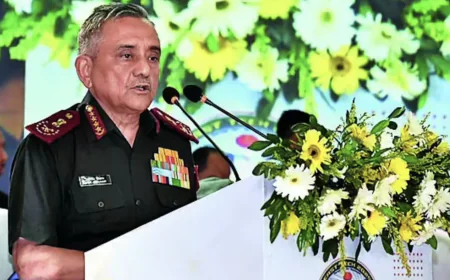












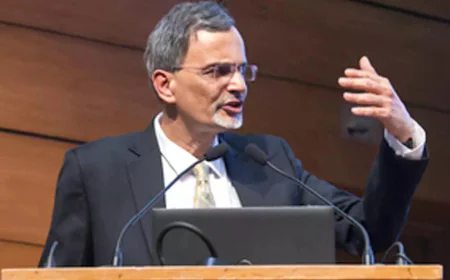
























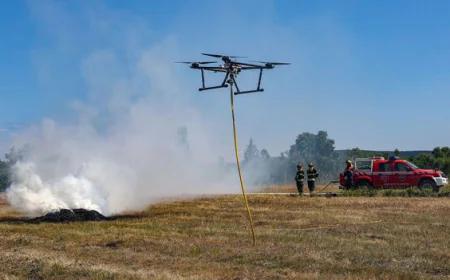



.jpg)




